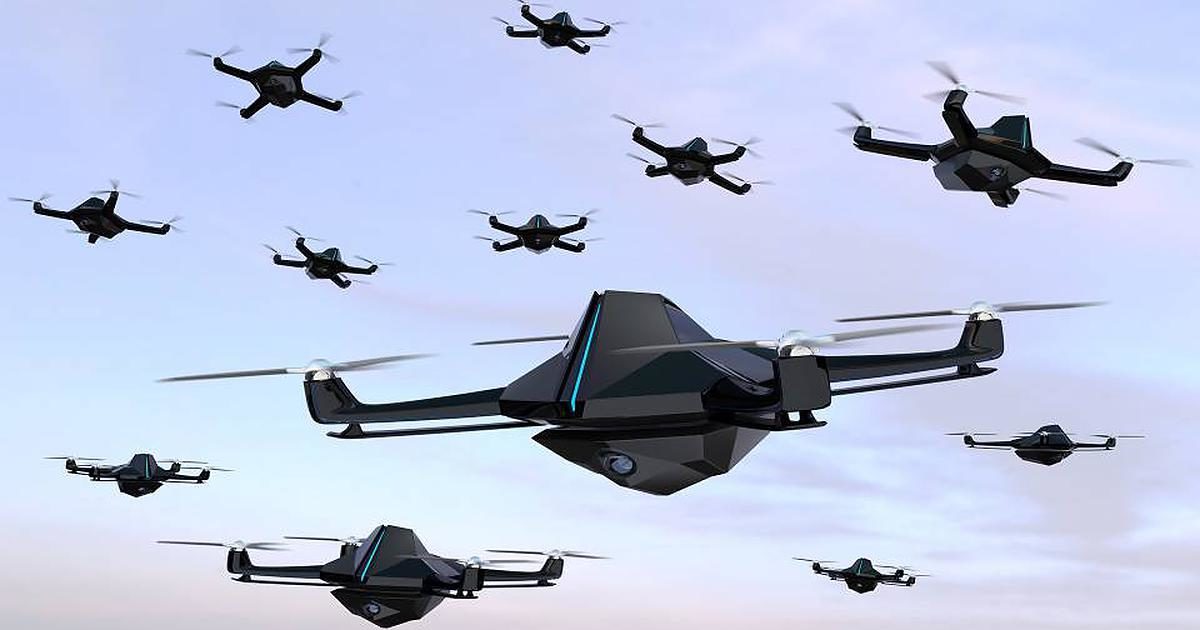Google has announced that it has begun rolling out voice-assisted route navigation for people with a visual disability. In the storm of critics the company often receives, this news can be seen as a positive development for people all over the world. Over the years, Google has processed a great amount of map data containing cities and even whole continents. Route navigation is available to us for a long time, but this information is currently not sufficient for people with impaired vision. At the moment, it is possible to let the app provide auditive information about the route that needs to be taken. These messages are convenient when travelling by car or bike but lack detailed information for disabled people by foot. Google has introduced a new function that informs and warns listeners about their surroundings (Peters, 2019). Visually disabled people often find it frightening to walk on their own in a city without knowing what happens around them (Sugiyama, 2019). They do not want to explore a new neighbourhood or need a friend to guide them. The new Google Maps guidance helps them to walk on the streets on their own. For example, auditive commandos like the following will help them to understand the situation better:
“Head west on Roppongi Street. It’s about 80 meters to your next turn.”
“Sakurada Street is ahead on your route. It’s a large road. Use caution when crossing.”
Also, the app helps to automatically point people back in the right direction after a stop. The advanced guiding helps these people to build self-confidence and increase their independence. This new feature is a great addition to the augmented reality guiding (called ‘Live View’) in Google Maps (Warren, 2019). This guiding method shows navigation arrows in the real world via a smartphone screen. The smartphone camera helps to project the real world in the app. This function is of use for people with a bad sense of direction but especially for people with a moderate field of vision. Hence, reading small text is not necessary any more. As an additional aid, Google is experimenting with animated guides like the fox in the picture that the user can follow (Sulleyman, 2019). The Live View function is worldwide available on compatible smartphones and tablets. However, the audio guidance feature is only available in the U.S. and Japan in their corresponding languages. A roll-out in other countries is planned. In conclusion, both functions are promising steps to let people do the things they want to do in life in spite of their discomfort.
Sources:
Peters, J. (2019). Google Maps now helps visually impaired people cross the street and stay on course. [online] The Verge. Available at: https://www.theverge.com/2019/10/10/20908882/google-maps-better-walking-directions-help-people-visual-impairments.
Sugiyama, W. (2019). Voice guidance in Maps, built for people with impaired vision. [online] Google. Available at: https://www.blog.google/products/maps/better-maps-for-people-with-vision-impairments/ [Accessed 13 Oct. 2019].
Sulleyman, A. (2019). Live View is the best new Google Maps feature in ages − but it might annoy strangers. [online] Trusted Reviews. Available at: https://www.trustedreviews.com/news/google-maps-live-view-best-new-feature-might-creep-strangers-3928828 [Accessed 14 Oct. 2019].
Warren, T. (2019). Google Maps AR walking directions arrive on iOS and Android. [online] The Verge. Available at: https://www.theverge.com/2019/8/8/20776247/google-maps-live-view-ar-walking-directions-ios-android-feature [Accessed 13 Oct. 2019].


